Trip Basics
Overview
Our three day itinerary is perfect for those with only a short time to see the most of Japan, offering a well needed respite from the main tourist route, with a focuses on:
- Flexibility
- Taking it slow
- Accommodating any fitness level
Experience the slower pace of rural life in Japan, a rhythm that can't be captured in a single day trip or an overnight stay at a Ryokan in a tourist town. This is why we recommend at least three days (four is ideal) to truly slow down and savor the experience.
{SingleImageSlider adeuid="1737642957802-6f4aab0e60a46-650" id="20" height="225" float="right"}
We carefully select a few seasonal attractions and activities that can be enjoyed leisurely, providing a window into a different side of Japan. Using bicycles and walking, our goal is not to cover great distances but to immerse in the surroundings.
Each day typically involves 3 ~ 5 hours of gentle riding or walking through diverse landscapes—from farm hamlets, rolling hills, rice paddies, and highland plateaus to river valleys and mountain roads. You'll stay at a local farmer's home for an authentic experience.
To avoid rushing, we offer activities like making soba (buckwheat noodles), pounding mochi rice, planting or harvesting rice by hand, shopping at local supermarkets, and engaging in a scavenger hunt designed to foster interaction with locals. And of course, you'll enjoy soaking in an onsen hot spring.
Throughout your journey, we provide suggestions for independent exploration, help with local interactions, and ensure that even if you get "lost," you won't be truly lost.
A Sample Itinerary
The Japan Family Bike trip itinerary is customizable, based on:
- Participants' Ages
- Desired Activity Level
- Travel Schedule
- Seasonal Highlights
- Festivals and Special Events
Below is an example of a typical 5-Day trip, detailed routes, distances, and highlights.
Your trip may not follow this exactly and will be tailored to your family's specific needs and some unforeseen opportunities.
Day 1: Relaxed Ride or Walk - Temples and Onsen Town
~ 20km ( 3 ~ 5 hrs)
- Orientation at Iiyama Station
- Tranquil Iiyama Temples
- Discover Iiyama Butsudan Road
- Visit Takahashi Museum of Doll Art
- Panoramic Iiyama Ski Jump
- Scenic Easy or Moderate Route
- Nozawa Onsen Village
Today is a relaxed day with flexible bike options and plenty of room for exploration. The main goal is to get familiar with the area, the bikes, and your guide.
We meet at Iiyama Station—just two hours from Tokyo—where you will be fitted with bicycles, helmets, and any other optional gear such as rain gear or GPS. Luggage will be loaded into the van, and after a brief examination of the map to get your bearings and the lay of the land, it's time to begin exploring.
The ride starts on relatively level ground through the town and will soon become slightly more hilly as we enter the small hamlets dotted amongst the rice fields. ... read more ››
Day 2: Washi Paper, Riverside Ride & Farmer's Home
20~30 km ( 4~5 hrs)
- Ride Deeper into Rural Areas
- Make Japanese Washi Paper
- Relaxed Riding on Car Free Roads
- Explore a Japanese Supermarket
- Local Farmer's Market
- Stay at a Local Farmer's Home
- Farm Life Experience
Enjoy a slow, relaxed morning before departing on what many people consider one of the most beautiful sections of the route through forested roads, past a beautiful mountain lake, and cruise downhill to a cafe and lively local farmers market selling local's vegetables as well as jams, sweets, breads, honeys, wines and other products made with locally grown produce.
From here we have a slight uphill challenge. The van is available, but most people have no trouble especially with the e-assist bikes as we climb the short distance to our goal, Kijima Village - a small mountain side hamlet once famous throughout Japan for its traditional paper making craft. You will have an opportunity to observe a local artisan at work, and even let inspiration take control, creating your own works of paper art.... read more ››
Day 3: Exploring Remote Mountain Villages
45 km ( 3 ~ 5 hrs)
- Ride Deeper into Rural Areas
- 40 km Long Scenic Downhill Cruise
- WIld Hotspring In River
- Bear Meat Ramen
- Transport to Train Station and Farewell
- Make Your Own Soba Noodles
Today we will travel deep into the remote Akiyamago valley, nestled between the towering Mount Naeba and Torikabuto Mountain and ranked among Japan's 100 hidden wonders and steeped in history.
The residents of the valley are believed to be descendants of Heikei clan samurai who, in the 1180s, found themselves on the losing side of the Genpei War and sought refuge in the remoteness of the valley. Here, they exchanged their swords for the toils of mountain agriculture, cultivation of a unique lifestyle in one of Japan's most challenging landscapes.
Of course, we will take advantage of the support van to do the majority of the uphill work for you. The drive into the valley is scenic, and builds anticpation for the long mostly downhill cruise along the Nakatsugawa River through tiny secluded hamlets back down to civilization.
First, though, breakfast with the farmers.... read more ››
Possible Highlights
One Life Japan offers a variety of non-riding activities to insight into the history, culture, nature and modern day life in rural Japan. * Please note that some activities are only available seasonally and may depend on the kindness and availability of local volunteers.
Making soba noodles by hand under the guidance of a knowledgeable soba teacher in Japan is one of the highlights of eveyone's trip.
Soba, a popular Japanese dish of simple buckwheat flour and water, is a staple of the Japanese diet, evident in the ubiquity of soba shops across the country, from humble street-side stalls to high-end restaurants. Each region boasts its own variation, reflecting local flavors and traditions and it is a particularly important part of culinary heritage of the mountainous regions where the climate was less conducive to rice.
A local soba master will guide you through the process, begining with the almost ceremonial preparation of the buckwheat dough, the delicate art of mixing, kneading, rolling the dough into a perfect, thin sheet and the precise cutting into perfectly sized noodles are skills that require patience and a steady hand.
The experience is not just about learning a culinary technique - it's an immersion into a centuries-old tradition, offering a deeper understanding and appreciation Japanese cuisine.
A traditional ryokan experience is a must for anyone visiting Japan.
Ever Japanese style inn we use is chosen for it special "charming point" - the food, atmosphere, warmth of the inn-keeper, the architecture, the hot-spring, or a combination of all of these.
Traditional futon on a straw tatami floor
You will notice that there are no beds in your room. While you enjoy dinner, the inn-keeper prepares your futon on the floor for what may well be the most comfortable sleep of your time in Japan. Some inns also provide soba husk pillows - a comfort that, after experiencing it, many visitors o2021ess over finding a pillow to take home with them from Japan.
Relax with Green Tea and Sweets
Upon arrival it is customary to remove your shoes before being shown to your room with the unmistakable aroma of straw tatami floor. In the middle of the room is usually a low table with complementary green tea and traditional Japanese sweets,usually a local seasonal delicacy, to enjoy while you rest and unwind from your long journey.
Change into A Cotton Yukata Robe
The most welcome moment after a long ride is getting out of your sweaty riding clothes and into a cool loose-fitting cotton yukata robe. The inn-keeper will explain the proper way to wear it, and you are encouraged to enjoy it for the remainder of your stay at the inn - including at dinner, to the bath, and even outside for an evening stroll.
Relax in the Onsen Bath
After tea and a short rest, it is time to enjoy a soak in the hot-spring baths. Some ryokan have their own in-house shared public bath (gender-separate), others are located within a short walk to local baths. The inn will provide a small towel and toiletries if needed which you can carry with you to the bath. Your guide will be on hand to instruct you on the proper bath etiquette.
Traditional Kaiseki Dinner
Exquisite, elaborate, intricate meals are the soul of the ryokan experience. Even Japanese travellers come from all over Japan to dine on the most authentic regional cuisine that is unavailable or unknown in their own region.
One reason Japan is ranked #1 in the world for bicycle touring and other active adventures is not because of abundant hills to climb, rather it is due to abundant hot-springs to soak in afterwards.
Hot-springs are a staple of our trips, from with remote mountain-top baths with incredible views, small towns built around the hot-springs centuries ago where multiple baths are all within a short walk from the inn, to modern full spas with saunas and various baths.
On most trips you will have the opportunity to try several different baths, each with its own unique characteristics - some for curing various ailments, and some just for relaxing. You will visit indoor, outdoor, hot, less-hot, modern, and rustic old-style bath houses.
All baths are separated according to gender, and your we will be on hand to explain the bath-house etiquette.
While many Japanese supermarkets resemble modern supermarkets in the West to some degree, there are plenty of small differences and quirks possibly unique to Japan. This supermarket adventure will give you an opportunity to explore as a real shopper as we shop for our night's dinner.
We will use a shopping list, with Japanese pronunciation with which you will have to ask one of the attendants if you can night find the item yourself, and of course you will be free to challenge yourself with any strange food that you might never have thought you would be brave enough to eat.
The kids usually love the candy and snack isle, where they can load up for their rest of the time in Japan, as well as bring unique gifts back to their friends.
Fans of Japanese cooking at home can find a larger variety of miso, soy sauce, etc to take home for your own kitchen.
Beer lovers will be invited to try a blind beer taste test at dinner with brews that I will choose from the many colorful cans and bottles. We can also try some plum wine and or sake, chu-hi, or any other Japanese beverages.
Finally you can spy on the other shoppers' baskets to see what typical shoppers buy for their families. It is very different than the high-class food courts you will find in the department stores in large cities.
Check out some of the articles others have written about Japanese supermarkets in the links to the right for a primer.
Iiyama, often referred to as “The Kyoto of Northern Nagano,” features numerous small temples scattered throughout the city. Unlike Kyoto, Iiyama maintains its charm as a small country town, with temples only crowded during local festivals. This makes it the perfect place to enjoy peace, tranquility, beauty, and architecture as you stroll or cycle from temple to temple along a well-marked path.
Beyond its temples, Iiyama is one of the three regions in Japan famed for selling and refurbishing elaborately crafted, gold-leafed butsudan altars. These altars are treasured heirlooms, passed down through generations in many Japanese homes. While visiting, take time to admire the exquisite craftsmanship in the specialty shops lining the streets. The knowledgeable shopkeepers can answer questions about the altars or Buddhism, and hands-on craft projects using gold leaf are available for those who are interested.
At the end of Butsudan Alley, you'll find the Takahashi Museum of Doll Art, one of Iiyama's most beloved attractions. The museum showcases beautifully crafted dolls that depict cultural details and nuances, providing insight into the joys and hardships of rural life in Japan.
Whether you opt for a guided tour with a local or choose to explore on your own, Iiyama offers a serene and historically rich experience, ideal for those looking to immerse themselves in the cultural heritage of Northern Nagano.
Nestled between the towering Mount Naeba and Torikabuto Mountain in Japan's snow country, the Akiyamago Valley is a secluded gem ranked among Japan's 100 hidden wonders. This valley, rich in history, is believed to be inhabited by descendants of the Heike clan samurai who sought refuge here following their defeat in the Genpei War during the 1180s.
These samurai transformed from warriors to farmers, adapting to the steep terrain and heavy snowfall of one of Japan’s most challenging regions. The valley remains so remote that even today, it can be completely isolated for months due to heavy snow closing the only access road.
Japan's traditional nomadic Matagi bear hunters found a natural fit in this culture of self-sufficiency and isolation. Over centuries, they married locals and settled in the valley. Though no longer nomadic, bear hunting traditions persist, with bear meat still considered a delicacy. The matagi's songs and traditions live on through elders' stories and in the local museum.
Akiyamago Valley offers ample attractions to be a standalone destination. Visitors can hike Mt. Naeba, bike along the Nakatsu River, gather wild vegetables and mushrooms, fish, and soak in wild hot springs bubbling up from the riverbed. In winter, they can make traditional snowshoes and explore the valley’s unique foods and culture.
Staying in local family-run minshuku (Japanese-style bed and breakfasts), some of which have been passed down through centuries, provides an intimate experience of Japanese hospitality and rural life amidst stunning natural scenery.
Famous for bears and bear hunting, the valley is also home to indigenous monkeys and the elusive kamoshika (Japanese serow), a goat-antelope native to the Japanese Alps and an official national treasure of Japan. The valley itself is a living museum, with remnants of hamlets lost to famine and traditional thatched-roof houses remaining as they were since the Edo period, when there was only a footpath into the valley.
Difficulty
Due to the brevity of the trip and the focus on seeing and experiencing rural life in that short time, there is less emphasis on physical exertion—just enough to make you feel alive, but not so much that you are too tired to have a relaxing few days.
The base trip is planned to be rideable by most people, with a van available for those who would rather relax than climb another hill. There is also time for optional extended rides for those who seek more of a challenge.
The trip can focus on walking, riding, or a combination of both, and it is an excellent case for using e-assist bikes. We have had children who only learned to ride a bike a week before joining, multi-generation families, and families where half the members are avid riders and the other half are not-so-much.
Below are some charts that give an idea of typical rides. There will always be some hills because it is Japan, but I guarantee the charts look scarier than the reality.




Optional Additional Challenges

Price Estimates
This itinerary is a very close approximation of what to expect, but it is customizable, and some things may change based on the season, inn availability, and interests of the participants. In the case of any major changes we may give a new estimate.
If you are an individual traveler, and would like to join others, please contact us and we can plan and promote a semi-private itinerary in the same time frame, or there may already be another private trip planned that you can join.
Register with:
- If you are an individual traveller, and there are other individuals willing to share a room, this price may be adjustable.
If you are the only one to sign up for the Adventure, please contact us and we can work out options for a custom trip and budget.
- This is based on double occupancy.
- For three people registering together in some cases a single room is possible. Please contact for details.
- Four or five people registering together will have two rooms. Inquire about a third room.
- 2 nights accommodation
- 2 breakfasts & 2 dinners
- 2 Lunches
- Attractions & Activities Listed in itinerary
- Rental bike (e-Bike or Cross bike)
- Other bike accessories
- All transport as described in the itinerary
- Luggage transport
- English speaking guide
- Transport to / from
- Some Lunches (see itinerary)
- Travel insurance
- Personal expenses
- Drinks with included meals
Dates & Availability
This itinerary is available April ~ November. Because this region is part of Japan's unique Snow Country, bicycle riding in the winter months is generally not possible, but walking and snow country experiences are available. Contact us for details to experience the deep snow, hot baths, and distinct culture even within Japan.
Bicycle and walking trips in more hospitable regions can be arranged for the winter months, featuring a different set of highlights than those listed here. Just contact us to organize a place and time.
Depending on the season, the basic Three Day Rural Immersion trip will vary from the outline above, with adjustments based on accommodation availability, and special festivals or events. Below is what you can expect for each season.
April
It is not unusual to find snow on the ground in April, as some winters accumulate as much as 3 to 4 meters. The roads, however, will be clear, and while still a bit chilly, the temperatures are great for bike riding.
Along with the cherry blossoms in early to mid-April, the scene here is quite different from the bustling viewing parties in larger cities. Instead, farmers begin their spring preparations after the long winter. The blossoms set against the backdrop of remaining snow and plows tilling the fields offer a unique perspective of the season.
The first wild vegetables begin peeking out from under the fresh snowmelt, where they have been lying dormant, waiting for the light of day. Gathering wild vegetables with a local is a possibility, but savoring them in the seasonal meals is a guarantee.
May
In May, the trees begin to show their first vibrant green buds. Wild vegetable hunting continues, following the snow line as it moves further up the mountains. Some lesser-used mountain passes are still closed, waiting their turn for the village plows.
May is rice planting time, and as the month progresses, the paddies begin to fill. Most fields are planted by tractors, but it is not uncommon to see farmers filling in gaps by hand. With advanced notice, we can arrange an opportunity to get muddy and spend an afternoon planting a rice field by hand.
June
By June, most of the rice fields should be planted, and within a few weeks, the scenery changes dramatically as the rice shoots grow, filling the paddies with their vibrant green. Early June is often the time for the "tayasumi" (rest from the rice field) festivals in each hamlet, a chance for villagers to catch up before diving back into their busy spring schedules.
The temperatures are still very favorable for bike riding. A jacket may be required in the early morning and late evening, or on some of the higher altitude downhill cruises. The hiking season gets into full swing as the trails officially open, and Shinto mountain opening ceremonies are held to bless the mountains and everyone who works in them, from forestry workers to hunters to hikers.
While June is technically the beginning of the rainy season, it is still a great time to visit. Far from detracting from the experience, the rain brings out the vibrant colors and morning mists, providing for some excellent scenery. Normal rain gear will suffice, but in the event of an extraordinary downpour, the hot onsen will only be that much more appreciated.
July
July brings heat and humidity, but it also ushers in lush and beautiful landscapes. Despite the change in weather, July is still great for bike riding and hiking. Random downpours make the colors pop and create a picturesque veil of mist.
August
August is lazy. Ideally, we like to keep our bike riding to early morning and late afternoon when it is a bit cooler. Midday can be spent on less strenuous activities where possible.
August is also the time for festivals and fireworks. In this region, each hamlet has its own festival, usually featuring drums, flutes, and the colorful shishi lions dance. Larger firework festivals are also common.
Depending on the time of your visit, we may have the chance to join one or more of these local festivals, which are usually very intimate with few outside visitors, except for family members who have returned from the city.
Hiking and rides to higher altitudes offer a slight respite from the heat, as does a dip in the river, taking a break from a long challenging hill, or a white water raft ride.
Summer is also when fresh vegetables are at their most abundant. Fresh tomatoes, watermelon, strawberries, and some of the best corn you will ever have are all abundant in August.
September
Summer stretches into September, and while it can still be hot, there is a noticeable difference from August. The weather is not the only thing changing, as the rice fields begin to mature and turn gold.
The autumn colors may begin changing in the higher areas in late September. While the areas we ride our bikes will still be green, the slowly descending autumn colors create a dramatic backdrop, blending from orange into green and then the golden rice terraces. The summer heat gives way to more moderate temperatures.
Harvesting rice and soba is a key activity during this month.
October
Arguably one of the best times to visit, October offers clear and cool weather. Unlike spring, the mountain trails and roads are free of snow, making hiking and long mountain pass rides accessible.
The autumn colors descend further down the mountain into the valley, reaching the village. The shrines and temples are especially beautiful this time of year.
October is also a great time for enjoying apples and mushrooms.
November
November is the time to savor apples, fresh rice, mushrooms, and persimmons.
December ~ February
Northern Nagano will be covered in meters of snow.
For those who want to experience this unique snow region, we offer Winter Snow Country Experiences. These focus on easy snowshoe walks with traditional Japanese snowshoes, long soaks in hot springs, and plenty of snow play for children (and adults).
The area is well-known for its top-notch ski resorts, and One Life Japan can offer a break from the slopes to experience more of the local culture.
The famous Snow Monkeys are very popular, and many group tours are available to see them. One Life Japan will take you, but we prefer to make that just one part of the day, focusing more on lesser-visited attractions like making soba and visiting local sites.
A highlight of mid-January is the local New Year’s celebration. The Nozawa Fire Festival is famous and spectacular, but many people do not know about the many local dondoyaki festivals happening throughout the countryside on a much smaller, more intimate scale.
Bicycle and walking trips in other regions of Japan are also available upon request.
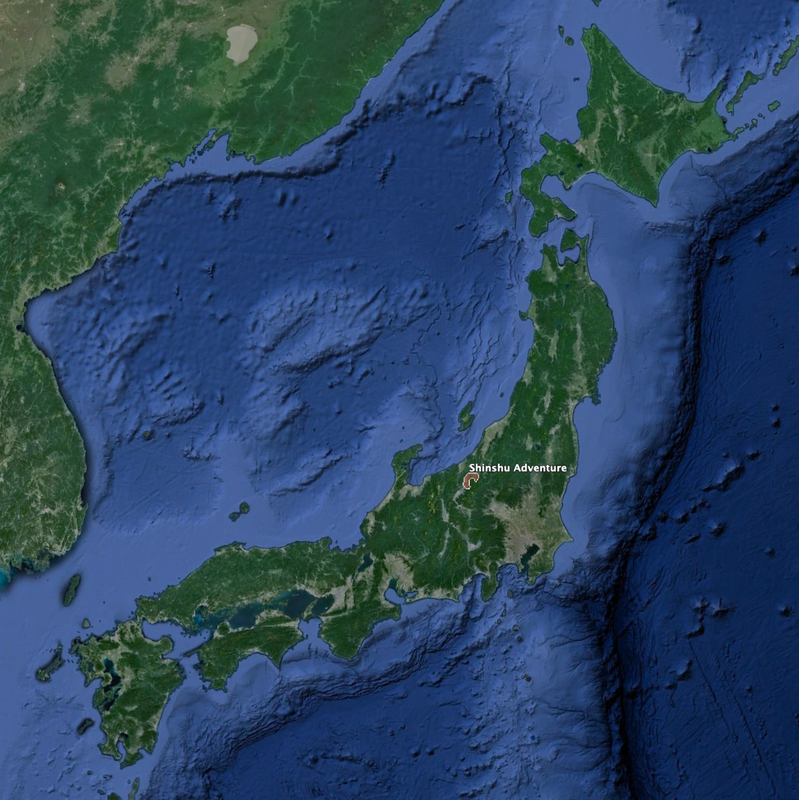
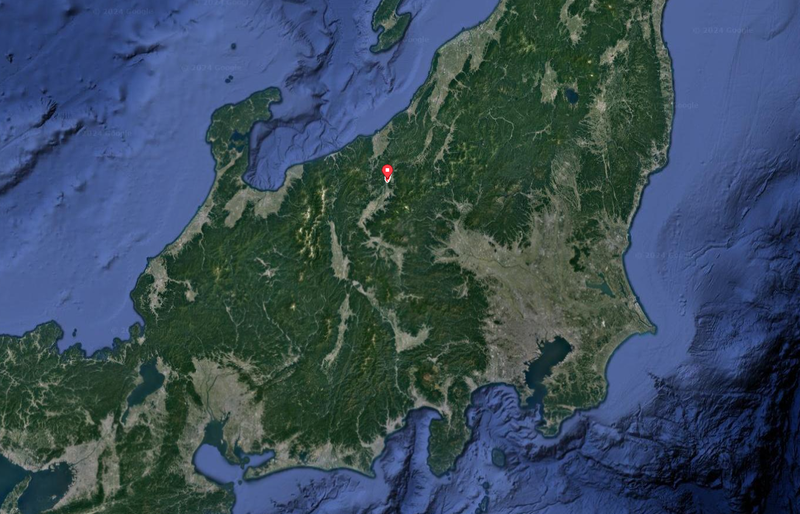
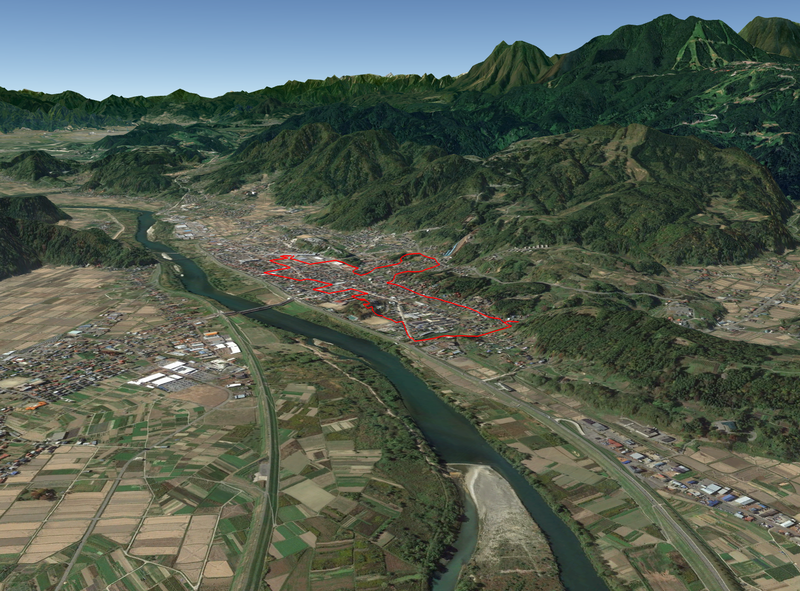
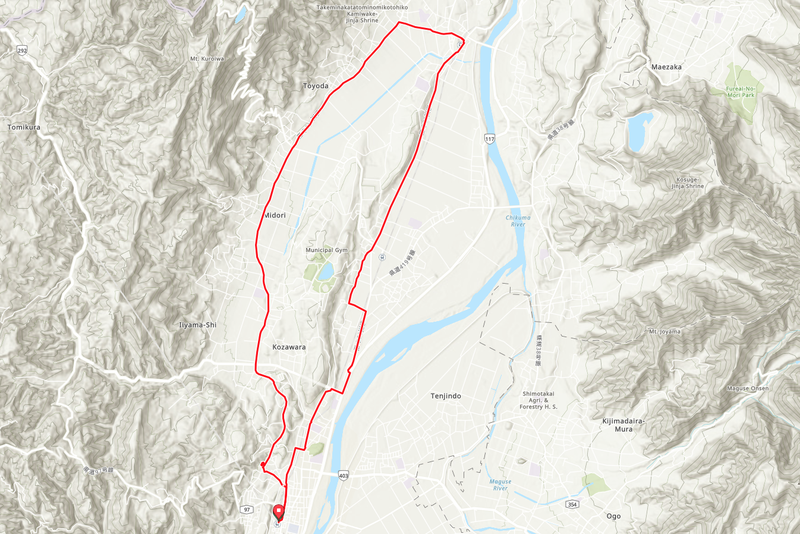
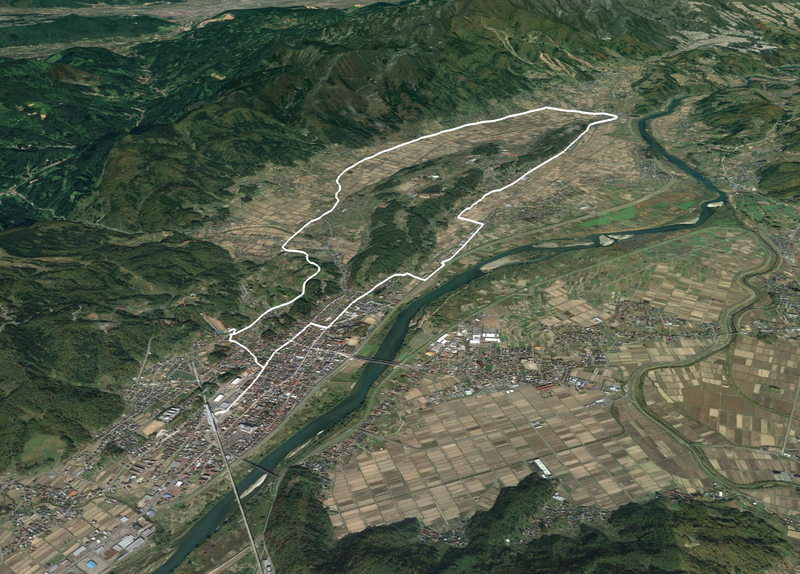
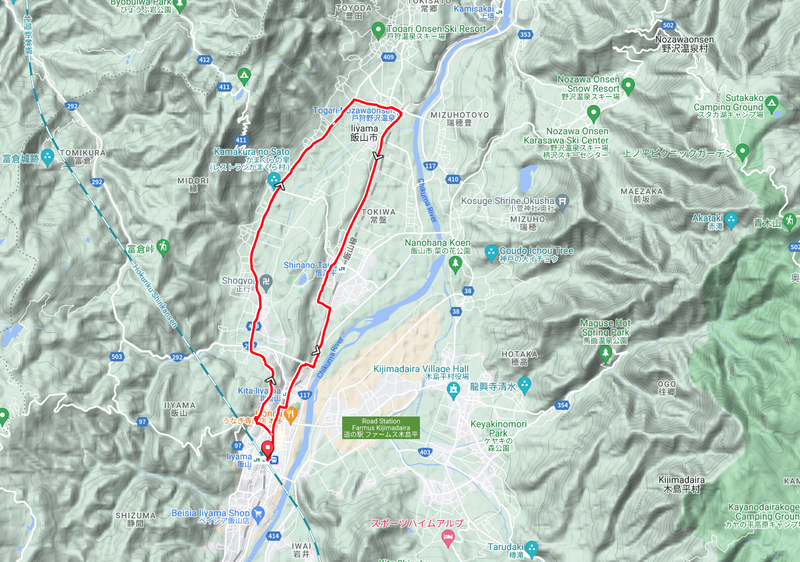
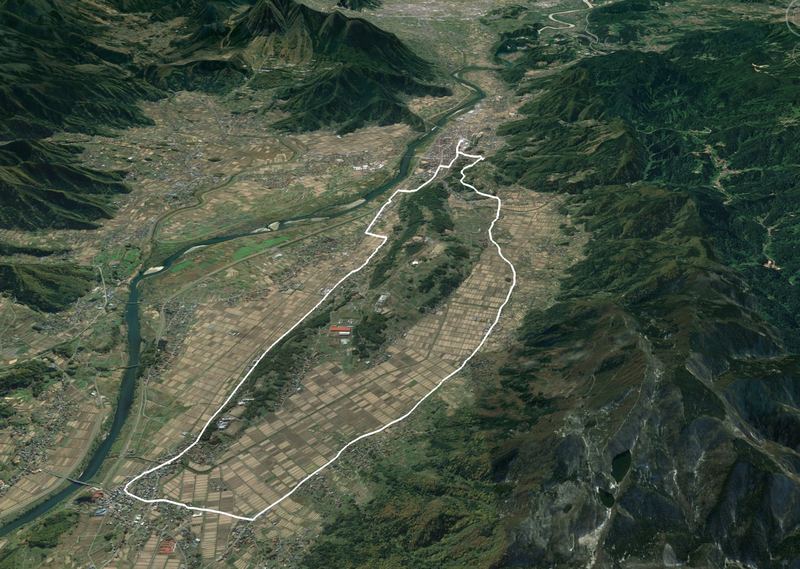
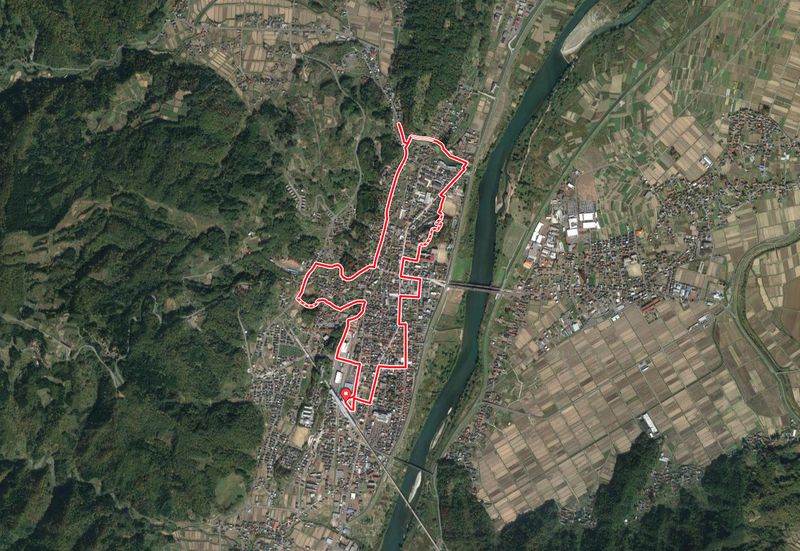
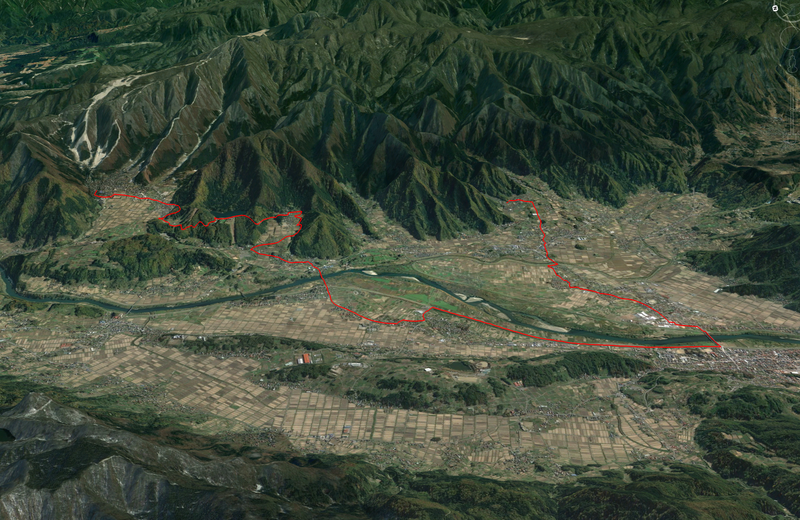
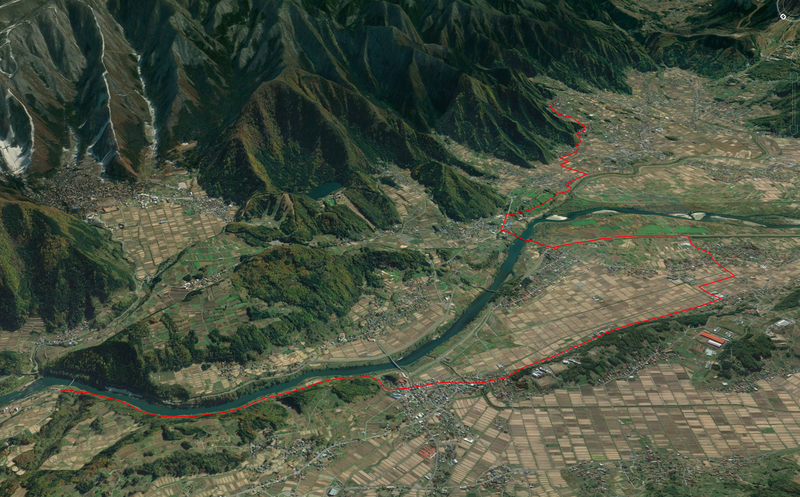
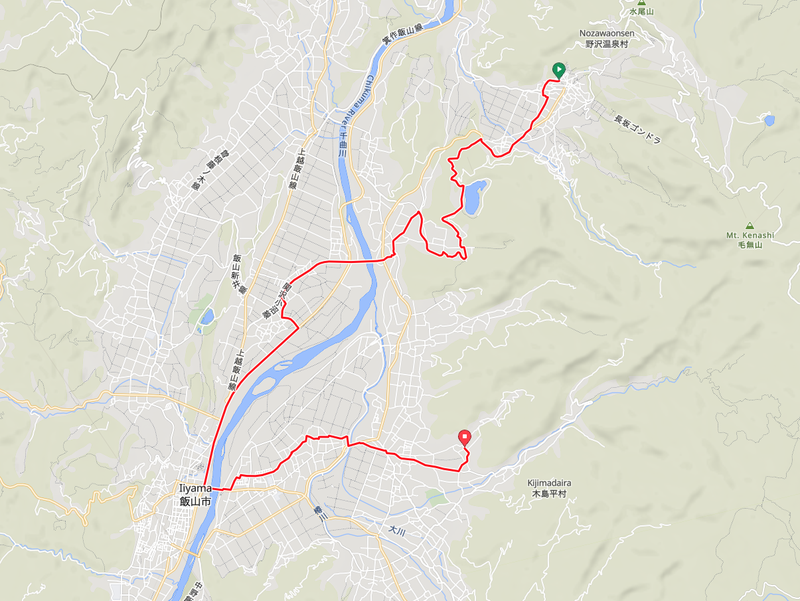
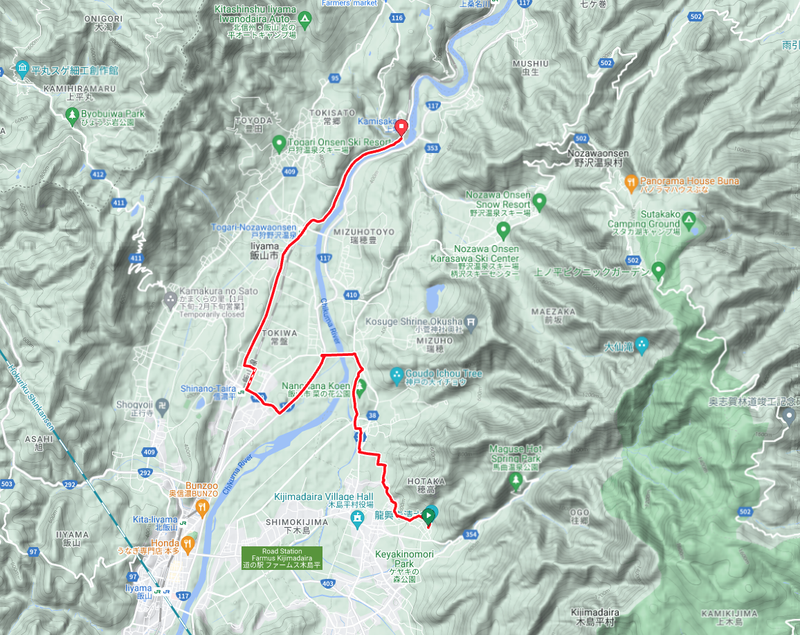
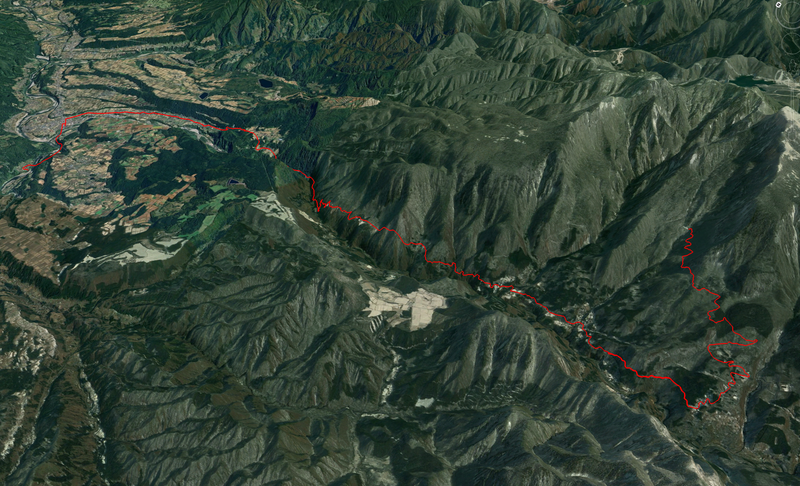
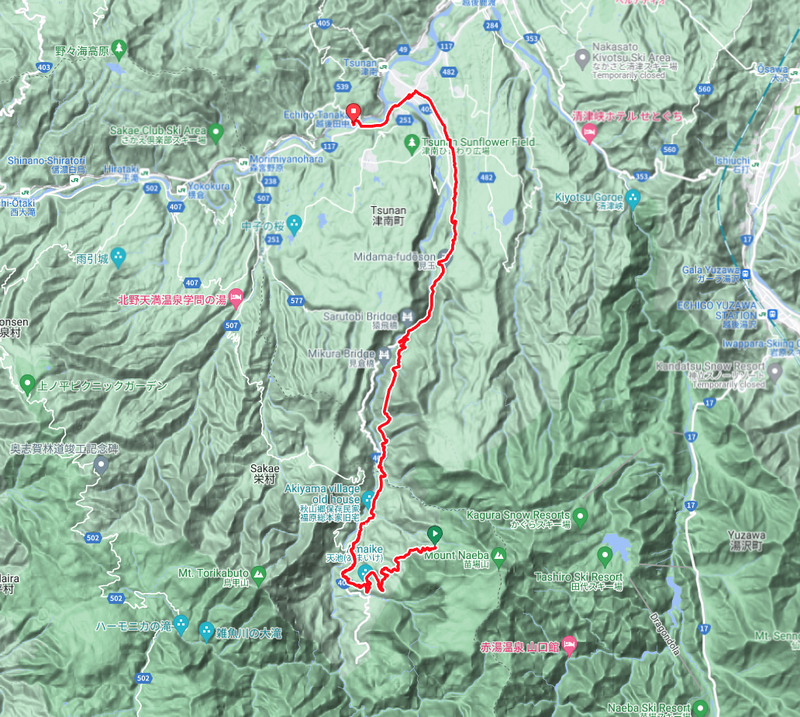
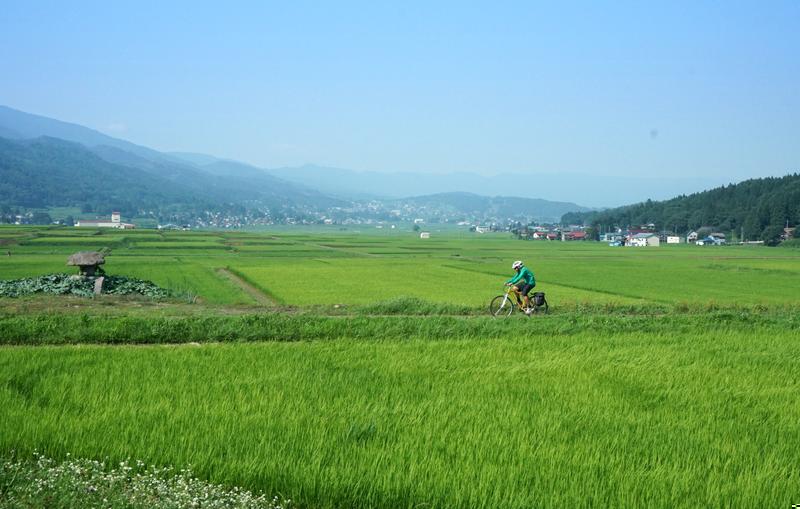

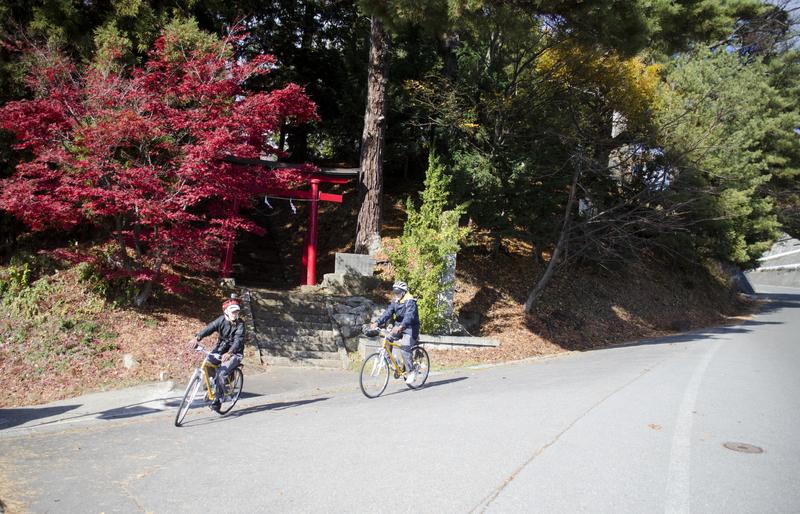
![Takahashi [Museum of Doll Art]](/assets/img/2024/media/photos/1149/takahashi2_medium.jpg)
![Takahashi [Museum of Doll Art]](/assets/img/2024/media/photos/1150/takahashi3_medium.jpg)
![Takahashi [Museum of Doll Art]](/assets/img/2024/media/photos/1148/takahashi1_medium.jpg)